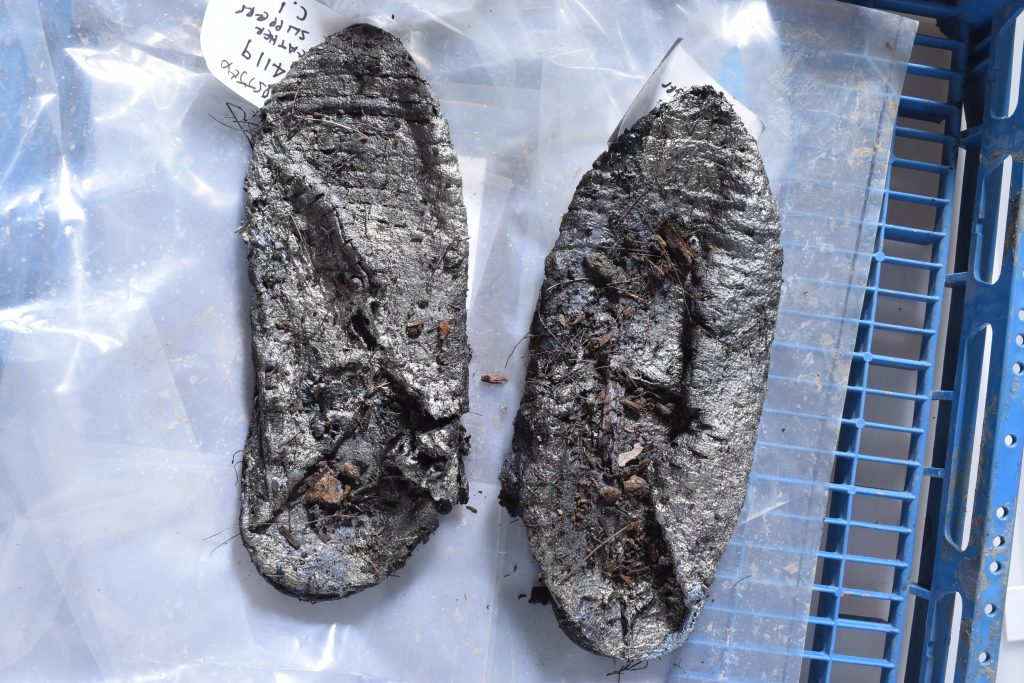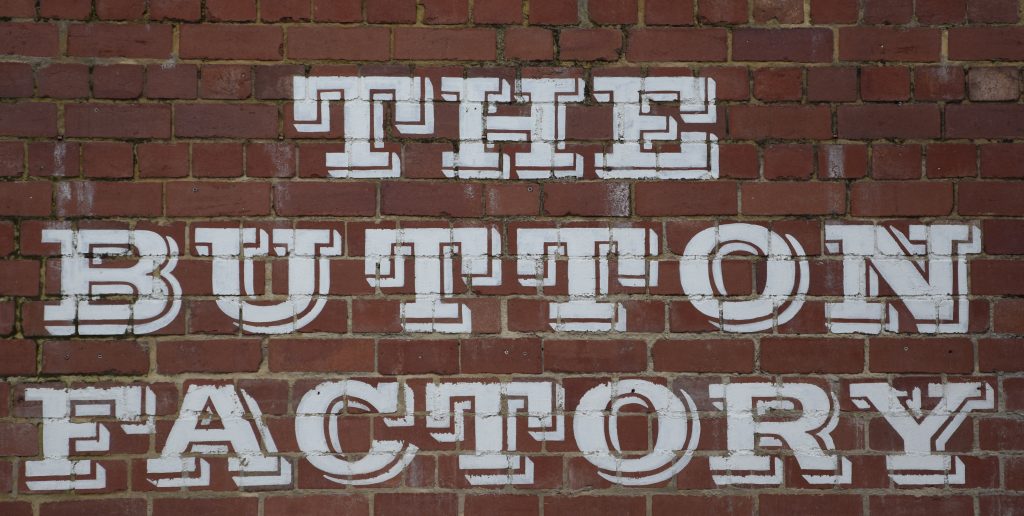Finds
Found 54 Items

Ask the Expert: Anglo-Saxon textile making on A14C2H
July 3, 2019Across the scheme we’ve uncovered items which relate to Anglo-Saxon clothing and textile production, sometimes in small amounts, and sometimes in larger, more concentrated amounts. In this blog, MOLA Headland finds expert Lyn Blackmore comments on the evidence we have so far… Q: To make clothes, Anglo-Saxons would first have…
Read More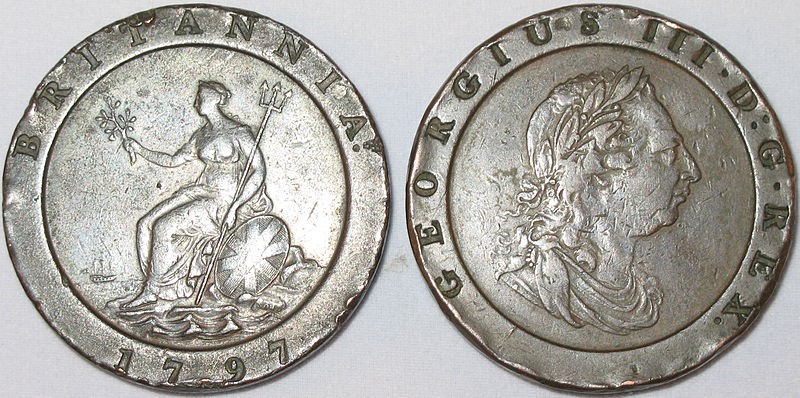
All Change Please! Exploring Birmingham’s minting history
March 8, 20191797 was the year that the first top hat debuted on top of a haberdasher’s head; the year that poet William Wordsworth was suspected of being a French spy whilst the war with France raged on; the Bank of England issued the first one-pound and two-pound notes, and the year…
Read More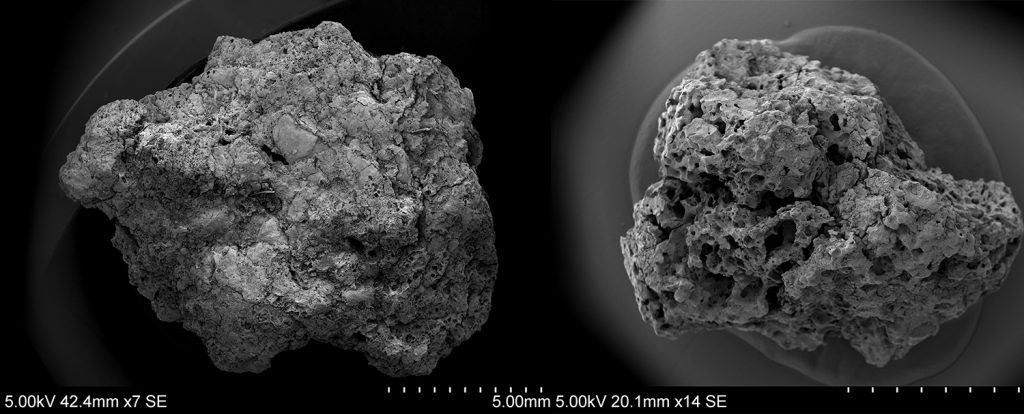
Earliest physical evidence of beer making process in Britain discovered on the A14C2H improvement scheme
January 30, 2019Our archaeobotanist, Lara Gonzalez Carretero, has uncovered what is believed to be the earliest physical evidence for beer-making in the UK, dating back more than 2000 years to the Iron Age, on the A14 Cambridge to Huntingdon improvement scheme. Evidence of early Iron Age porridge and bread-making has also been…
Read More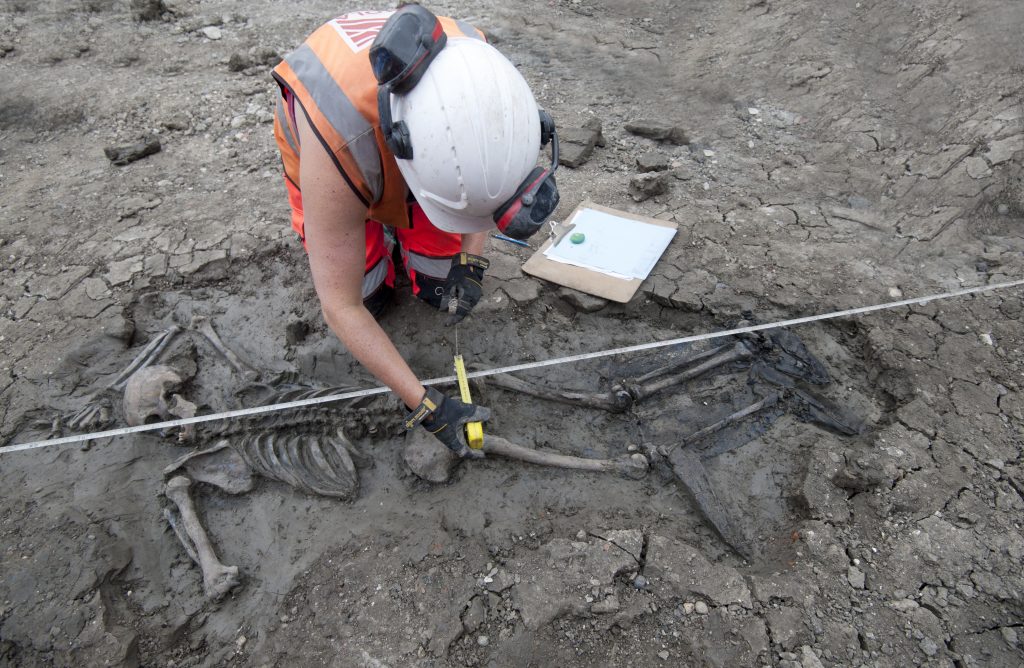
The medieval mystery of the booted man in the mud
December 3, 2018A mysterious male skeleton, lying face-down deep in the Thames mud, with a pair of in-situ thigh-high leather boots has been discovered by our archaeologists working on one of the sites being used to build London’s super sewer in Bermondsey. The skeleton was discovered at Tideway’s Chambers Wharf site in…
Read More
Archaeological excavation at Park Street burial ground underway
November 22, 2018Archaeological excavations at the site of the 19th century Park Street burial ground in Birmingham are up and running. Part of wider archaeological investigations taking place along the Phase One stretch of the HS2 rail route, the Park Street site is located on what will be the Birmingham Curzon Street…
Read More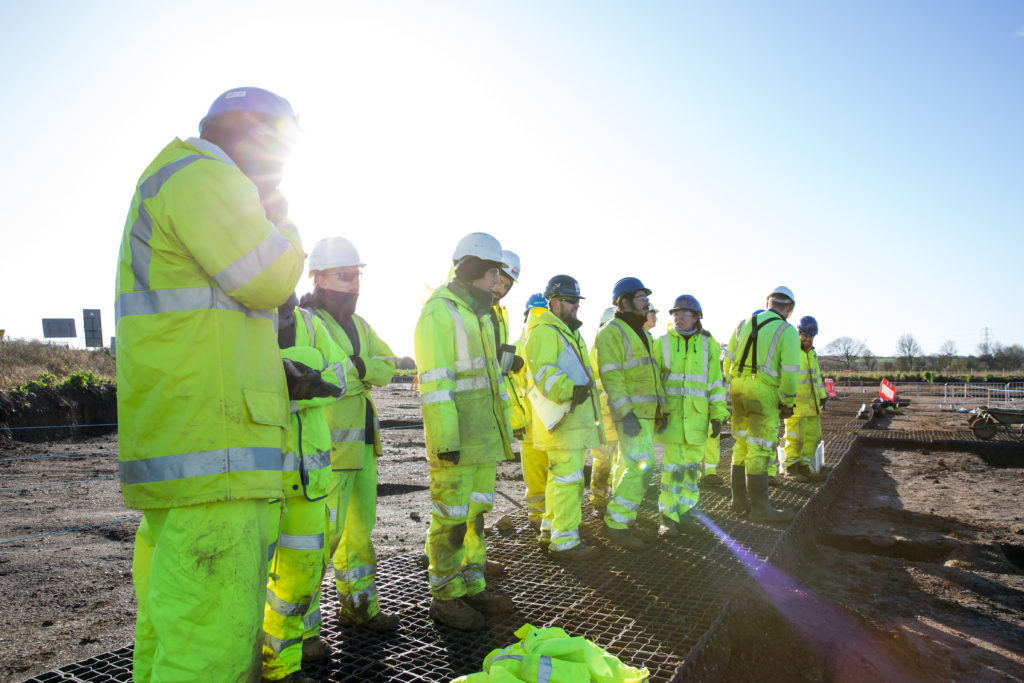
From dig to desk: the story of the A14C2H archaeology programme is just beginning
September 13, 2018As the excavations on one of the UK’s largest ever archaeological projects draw to a close, we now start the huge challenge of pulling the results together, to paint a more detailed picture of over 6000 years of history. The archaeology programme of the A14 Cambridge to Huntingdon improvement scheme…
Read More
Broadening horizons on the A14C2H Community Dig: From digital pro to archaeology volunteer
August 31, 2018Nearly 65 volunteers have taken time out from their everyday lives to try their hand at archaeology on the A14 Cambridge to Huntingdon Improvement Scheme Summer Community Dig. In this blog, we hear from Debbie, whose time on site proved to be quite the exciting departure from her digital day…
Read More